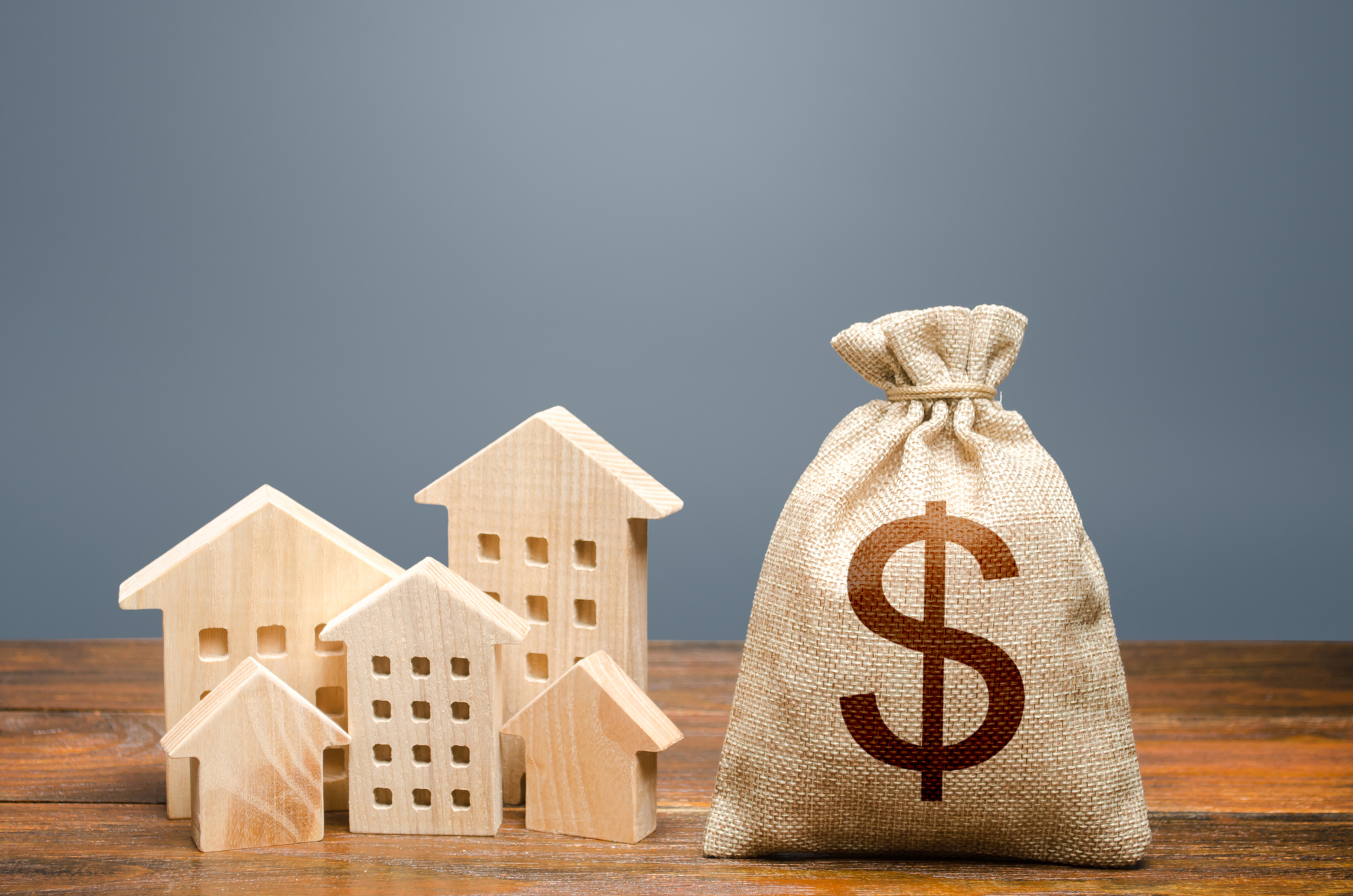Last Updated on October 24, 2023 by Clayton Jarvis
In the most recent issue of Canadian Real Estate Wealth, our annual Property Forecast mega-issue, there was little in the way of good news for Alberta. Even with construction on the Trans Mountain Pipeline Extension technically underway, pipeline problems are expected to persist. Without a reliable method of delivering its oil to the world, the province will continue to struggle with microscopic employment growth and skyrocketing government debt.
What to do with Calgary, then? Abandon all hope or buy on the dip? According to Christopher Audette of The Group at RE/MAX First, the time is now for investors – patient ones, anyway – to start snatching up discounted properties.
“There’s definitely a lot of fear out there, a lot of apprehension, and it creates a lot of opportunities,” says Audette. “It really becomes about sitting down and seriously looking at your own financial and motivational situation, and if it matches, taking advantage of a market that we won’t see in this area again for probably quite a while.”
There are pinholes of light shining through the black cloud hanging over Calgary’s market. Alberta’s population is growing at a faster rate than it did in 2018, and most of those new arrivals will wind up in Cow Town. Combined with the high number of renters who have been forced to temporarily abandon the transition into home ownership, these new Calgarians are helping bring down the city’s vacancy rate, which sat at a manageable 3.9 percent when last tallied by CMHC.
“Because the vacancy rates on revenue properties are lowering, people seem to be a little more secure about getting into [Calgary] on the revenue side,” Audette says.
The catch is that the most unbelievable discounts are most frequently found in two market segments most investors are sure to avoid: luxury properties and condos. Audette says properties once priced in the $1.8 million range can now be found for roughly two-thirds of their original value, and that condos in the downtown core can be had for a song. But with fewer white-collar executives to rent either property type in either a stripped-down or fully furnished iteration, who’s going to rent either one?
“It’s higher risk,” Audette says, “with higher potential gains.”
CREW’s view
Calgary is not for the faint of heart. But there is no shortage of landlords making money in Canada’s fourth-largest city. Purchasing an affordable two-unit semi-detached property in the eventual vicinity of the new Green Line LRT is a far safer bet than praying for a hiring miracle that fills the city’s myriad empty condos.
Recognizing that investors may be their new best friends going forward, developers are offering newly built semis with finished basement suites for around $440,000. That may sound like a lot for Calgary in its current economic condition, but these properties are renting out for over $3,000 a month, providing a relatively plush cushion if the market continues to sputter in 2020.
Most experts believe Alberta’s economy, and therefore Calgary’s housing market, may never be the same. The demand for rentals, however, will only continue to grow. Securing a cash flowing investment property right now in Calgary may be the best way of securing the interest of other investor-buyers down the road.









